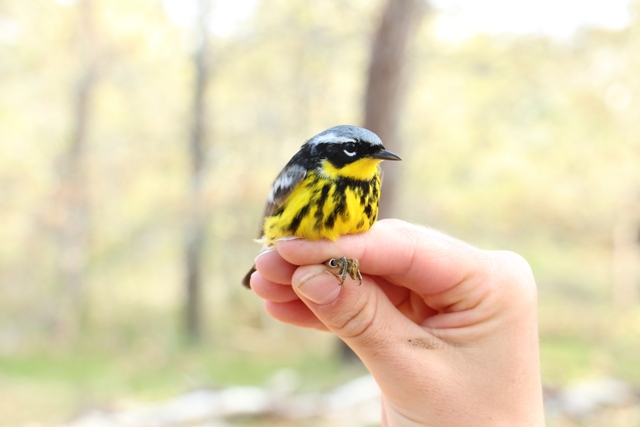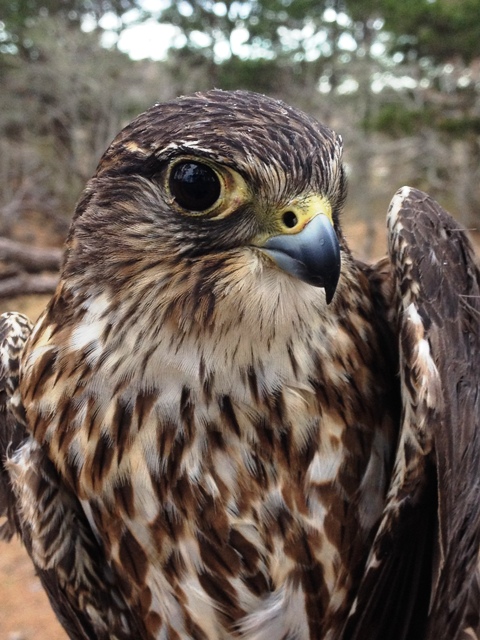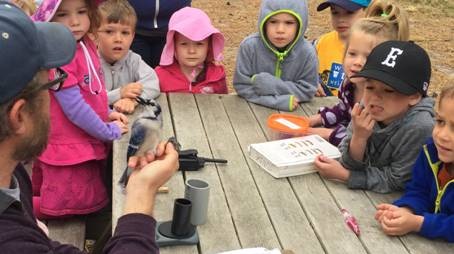What are the birds of Wellfleet Bay up to in springtime? We won’t have a clear picture for awhile, but we are slowly gaining information.
In a just released report, master bander and wildlife biologist James Junda provides a range of data on the birds banded and re-captured between April and May.
Bird banding, a fundamental tool of bird research, requires many years of effort before meaningful patterns will emerge, such as bird abundance, distribution, species diversity, and how migrants use the sanctuary’s various habitats. But we’re already learning something about our year round residents, summer breeders, and the birds that only pass through on their way to breeding or wintering territories.

Magnolia Warbler was just passing through en route to forests farther north. (photo by Aya Rothwell)
For 44 days last April and May, James and his team operated up to 16 mist nets in various habitats around the sanctuary (mostly near the Bay View and Silver Spring Trails). Below are some headlines from his report:
- A total of 1073 birds were captured: 596 were banded and 439 were recaptures (already banded).
- Ranking first among the top 10 species caught? A hint: it wasn’t chickadees! (see answer below)
- The Cape is not known for a wealth of spring migrants but the data show significant pulses of birds on the move. For instance, Gray Catbirds leapt to the top spot of the “most common species” list during the first week of May and held that position for the rest of the month. A similar pattern was true for Baltimore Orioles and Common Yellowthroats. Neither was on the list at the end of April, but both were near the top of the list during mid to late May.
- As for birds just passing through Wellfleet, only 16 true migrants–that is, birds neither breeding nor overwintering here– were banded. The Cape is still too cool for migrants dependent on bugs that feast on newly opened leaves.
- Noteworthy captures? A Louisiana Waterthrush on April 22. And a 6 year old Merlin first banded as a hatch year bird on the Eastern Shore of Virginia in the fall of 2009.
Finding birds banded elsewhere makes you wonder when others will start finding and reporting “our” banded birds. Also— what new species will fly into the mist nets when banding resumes in September?
To see all the action up-close, sign up to join one of our bird banding demonstration programs.
Answer to which bird was first on the list of top ten species banded in Spring 2015: Gray Catbird!




